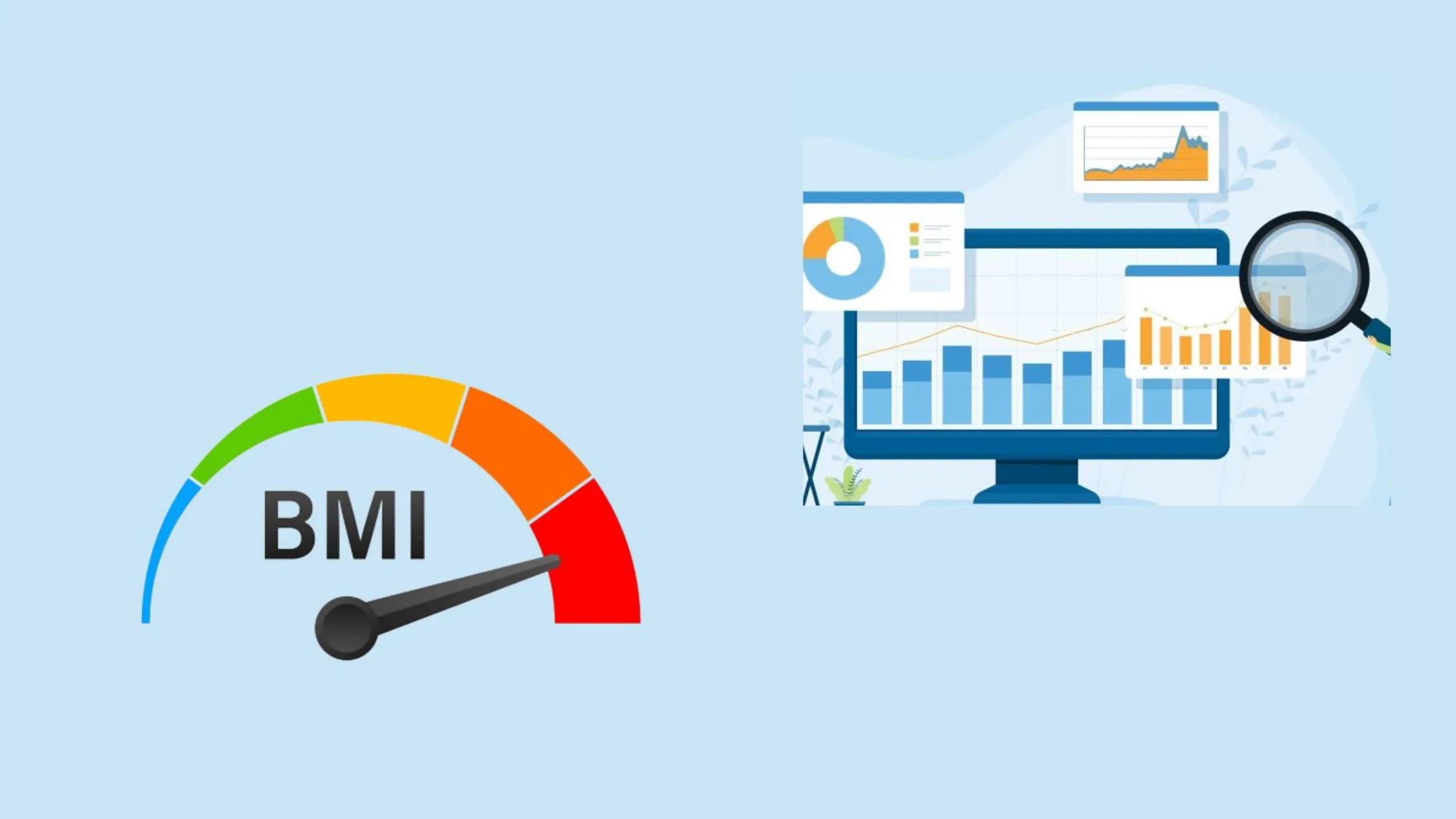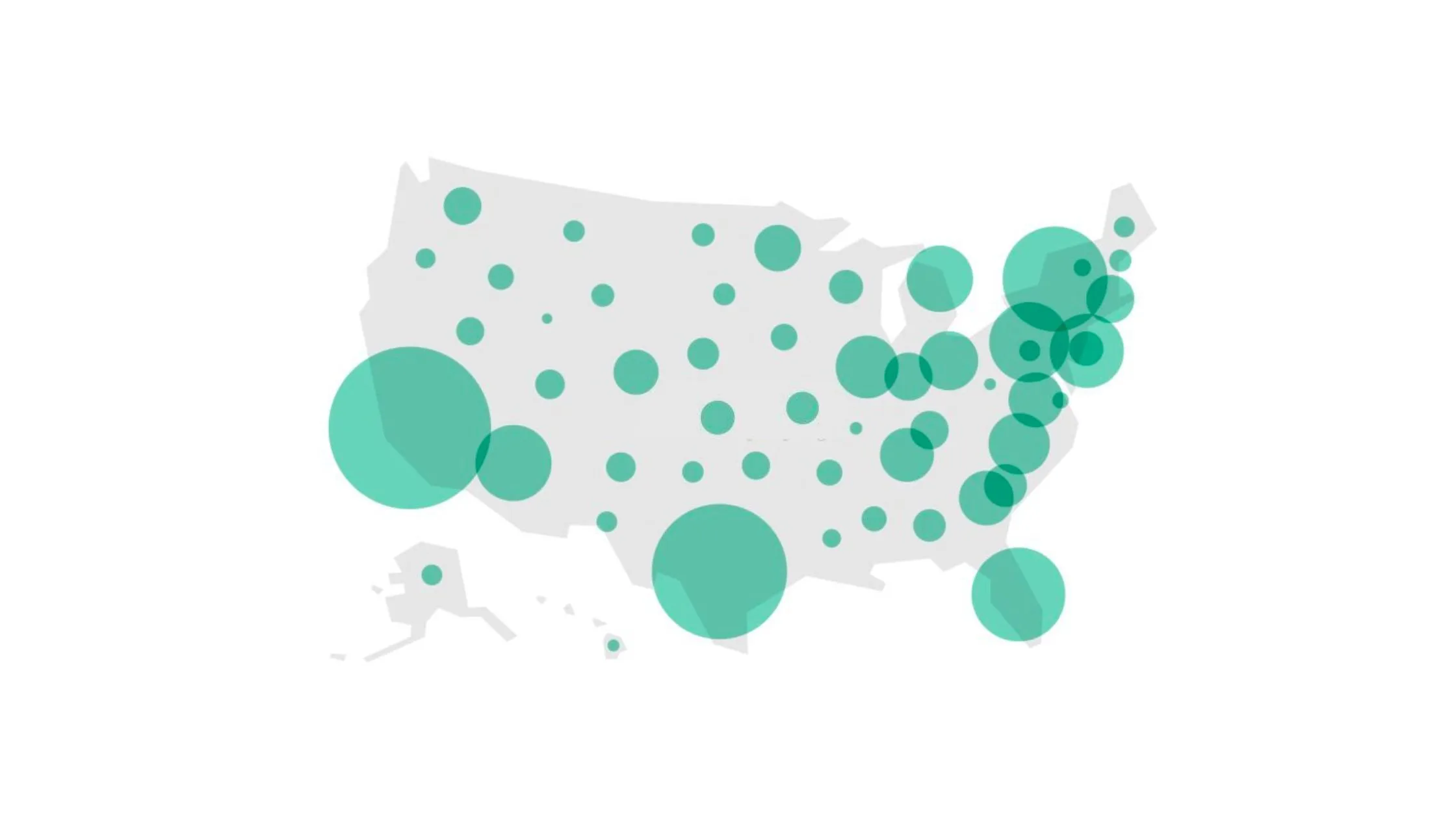Male Vs Female Obesity Rates In America: Who Is More At Risk?

We live in a global obesity pandemic. The number of obesity cases is at higher levels compared to the past. Many factors contribute to this condition. Studies show that even Covid-19 had a role in increasing the cases of obesity worldwide.
The United States is one of the countries with the most number of obesity and overweight cases. In this article, we will be analyzing the male versus female obesity rates in America.
Along with that, we will be discussing the factors that lead to an increased number of obesity cases in a specific gender. Dive into the article to find out the male versus female obesity rates in America!
Obesity Statistics: A Basic Introduction
Body mass index (BMI) is the index of weight for height that can classify obesity and other body measurements in adults. In elaboration, BMI can be said to be a person’s weight divided by the square of his/her height. World Health Organization classifies overweight as a BMI which is greater than or equal to 25 and obesity as having a BMI greater than or equal to 30.

Here is a table that shows BMI ranges regarding obesity and overweight in adults.
| BMI | Classification |
| 18.5 to 24.9 | Normal, healthy weight |
| 25 to 29.9 | Overweight |
| 30+ | Obesity |
| 40+ | Severe cases of Obesity |
The data from World Health Organization shows that there has been a triple rise in obesity cases all over the world since 1975. And it shows that four million people die each year due to obesity-related health conditions.
According to the prediction made World Obesity Federation, by 2023 one in five women and one in seven men will suffer from obesity. Also, data shows that obesity and overweight have been common problems both in developed and developing countries.
From the studies made by the Centre for Disease Control, obesity can increase the risk of Covid-19 and further health complications caused by it. Also, the Journal of the American Heart Association has found that obesity is connected with 30% to 53% of diabetes cases in the United States each year.
Check this out: U.S Military On The Grasps Of Obesity: Rates Increased During Pandemic!
Obesity Statistics In America
The recent data provided by the Centers for Disease Control and Prevention states that obesity in the United States now affects around 100.1 million adults. This accounts for 41.9% of the total population in America.
Also, around 14.7 million children are affected by obesity cases in the United States which accounts for 19.7% of the population. And together, both these situations can cost around 147 billion dollars for annual health care.

According to statistics released by Harvard, 1 out of every 3 American adults are obese. And based on race, non-Hispanic black women are the highest groups who suffer from obesity-related cases.
The study also found that obesity rates are higher in Mexican American, Hispanic, and non-Hispanic black populations in the United States. And by region, the South and the Midwest have the most rates of obesity.
The statistics from 2019 made by the Centers for Disease Control and Prevention show that all the US states and territories have at least 20% obesity rates.
Male Vs Female Obesity Rates In America
According to the data from National Center for Health Statistics made around 2013-2014, it was found that adult obesity rates are higher among women. And the statistics made by the Office of Minority Health in 2018 showed that 4 out of 5 African-American women are obese or overweight.
Another data revealed that obesity rates for men were found to be highest among middle-income groups. One of the interesting findings regarding male vs female obesity rates was that men and women who have college degrees were found to have lower obesity rates.

Also in men, obesity rates were lower in the highest and lowest income groups while for the middle-income group, the rate was much higher.
But according to the data from National Health and Nutrition Examination Survey taken between 2017-2018, it was found that more than 1 in 3 men (34.1%) and 1 in 4 women (27.5%) were found to be overweight. Also, it elucidated that more than 2 in 5 adults had obesity.
And based on this data, it was found that men who are overweight which is 34.1% were higher than women who were found to be overweight which is 27.5%. But this data reverses when it comes to severe obesity.
As per this, women who have severe obesity were 11.5% and men were 6.9%. Here is a table for a detailed understanding of obesity rates based on males vs females. ( Based on the percentage of US adults with obesity, overweight and severe obesity from 2017-2018)
| All (Men and Women) | Men | Women | |
| Overweight | 30.7 | 34.1 | 27.5 |
| Obesity (Including severe obesity) | 42.4 | 43.0 | 41.9 |
| Severe obesity | 9.2 | 6.9 | 11.5 |
Gender Disparities And Obesity Statistics
A recent study published in the Journal of Mid-Life Health found that there have been gender disparities in people living with obesity. According to this study, this is a relatively unchartered territory and more research is needed to find out the details.
Still, one of the findings of the study was that women were more prone to developing obesity and overweight than men. Also, women were more at risk of forming physical and psychological risk factors associated with obesity.
The study also found that compared to men, women were more at risk of mortality from obesity and overweight conditions. According to this study, some of the factors that affect obesity in women were:
- Pregnancy– Most women gain weight during pregnancy. Even though for some this weight will fade away after childbirth, for some that remains.
- PCOS– Polycystic ovarian syndrome is a hormonal disorder that can cause weight gain in women. As part of this, women tend to develop insulin resistance which leads to further health complications.
- Menopause– Another factor that contributes to obesity in women is menopause. The hormonal changes during this period can lead to unwanted weight gain.
- Hormonal contraceptives-Hormonal contraceptives contain estrogen and progestin which can cause weight gain in women.
- Infertility treatment– Weight gain during infertility treatment is normal and the injections can cause differences in hunger levels.
Also read: Body Positivity Movement Statistics: A Data Overview!
The Bottom Line
On a glimpse through the article, you can find that America is one of the countries with the most number of obesity cases. Also, data shows that the number of obesity cases are on the increase since the 70s.
On comparing the male versus female obesity rates in America, you can find out that women are more prone to obesity than men. Also certain races such as Hispanic black suffer from obesity more than other races in the United States.
Many factors lead to the development of the risk of obesity in women. Some of them are Pregnancy, PCOS, menopause, infertility treatment, hormonal contraceptives, etc.





